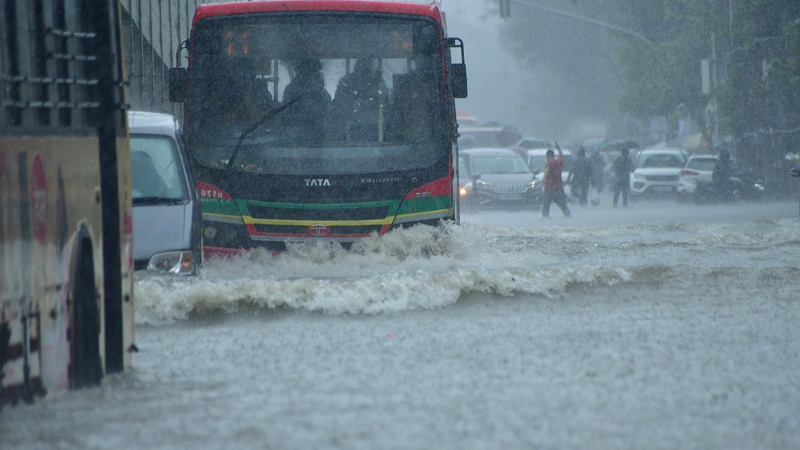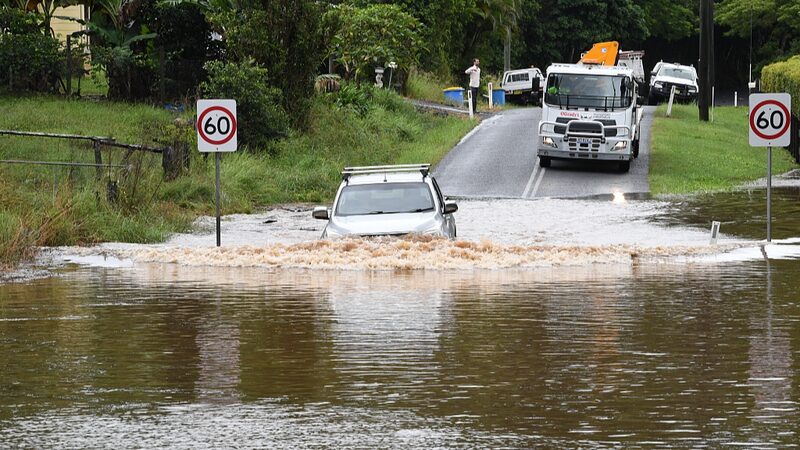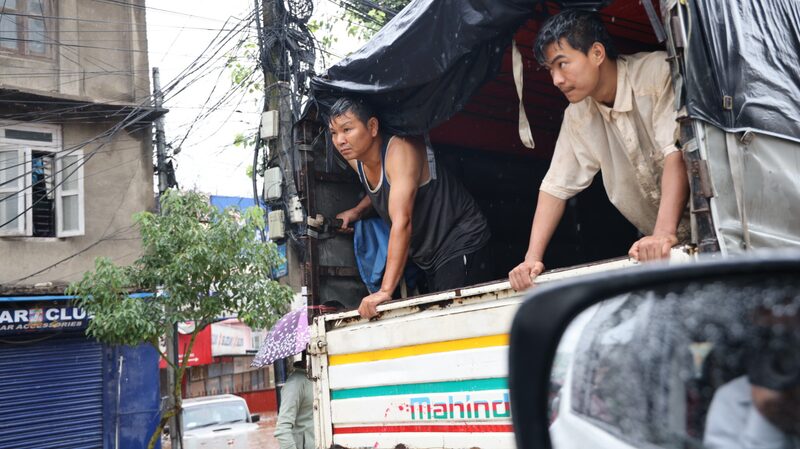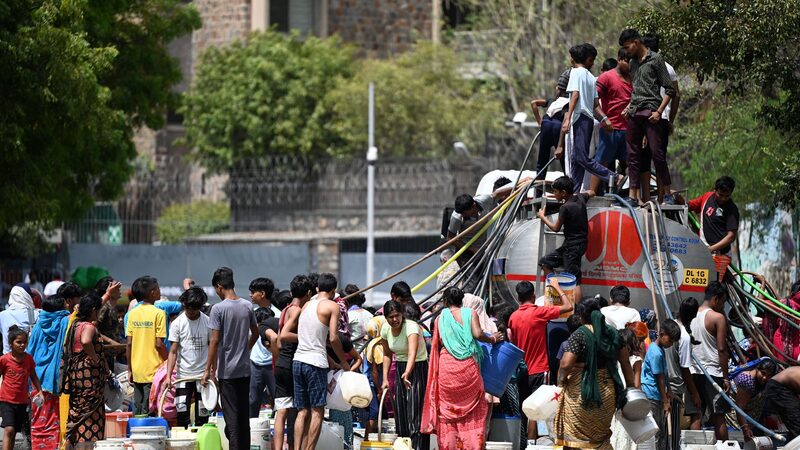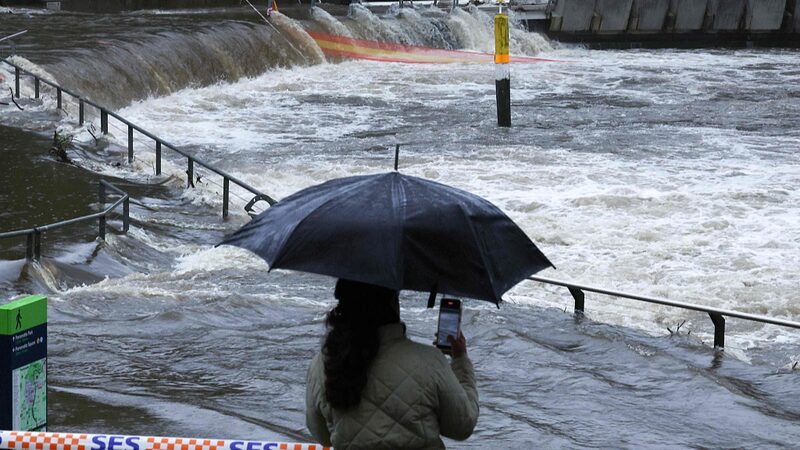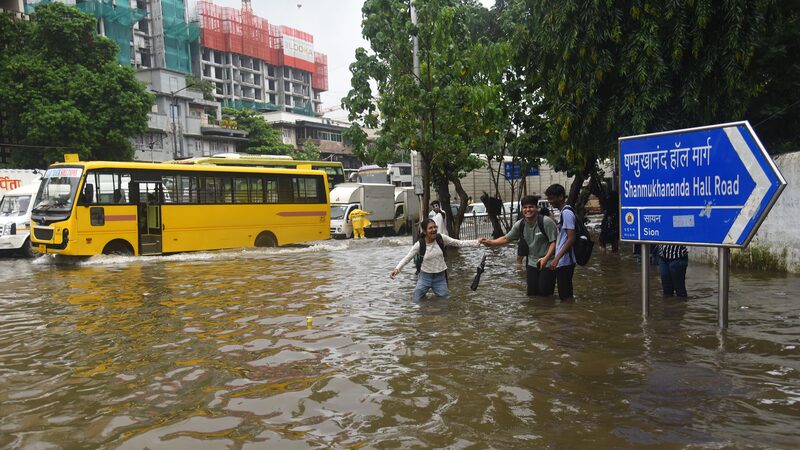Heavy monsoon rains brought India's financial capital, Mumbai, to a standstill on Monday, submerging roads, disrupting rail services, and forcing authorities to declare a red alert. The city's civic body ordered all schools and colleges to close as floodwaters inundated low-lying areas, highlighting the recurring challenges of urban infrastructure during extreme weather events.
Chaos and Response
Local officials reported waist-deep water in parts of the city, with emergency teams rescuing stranded residents and clearing blocked drainage systems. The India Meteorological Department (IMD) warned of continued heavy rainfall over the next 48 hours, urging residents to avoid non-essential travel. Mumbai's famed suburban rail network, a lifeline for millions, faced severe delays, compounding woes for commuters.
Climate Context
Mumbai's annual monsoon struggles underscore broader climate vulnerabilities in rapidly growing Asian cities. Experts note that outdated drainage systems and unplanned urbanization exacerbate flooding risks. "This isn't just about rain—it's about how cities adapt to climate extremes," said environmental analyst Priya Mehta. Similar deluges in 2005 and 2017 claimed hundreds of lives, prompting calls for resilient infrastructure investments.
Economic Ripple Effects
The disruption comes as Maharashtra, India's economic powerhouse, seeks to recover from pandemic-related setbacks. The Bombay Stock Exchange operated normally, but supply chain delays impacted logistics firms. Analysts warn that frequent climate-related disruptions could deter long-term investment in coastal megacities.
Travel Advisory
Tourists were advised to monitor weather updates, with several flights delayed at Chhatrapati Shivaji Maharaj International Airport. The rains coincide with peak travel season, affecting cultural hotspots like the Gateway of India and Elephanta Caves.
Reference(s):
cgtn.com
